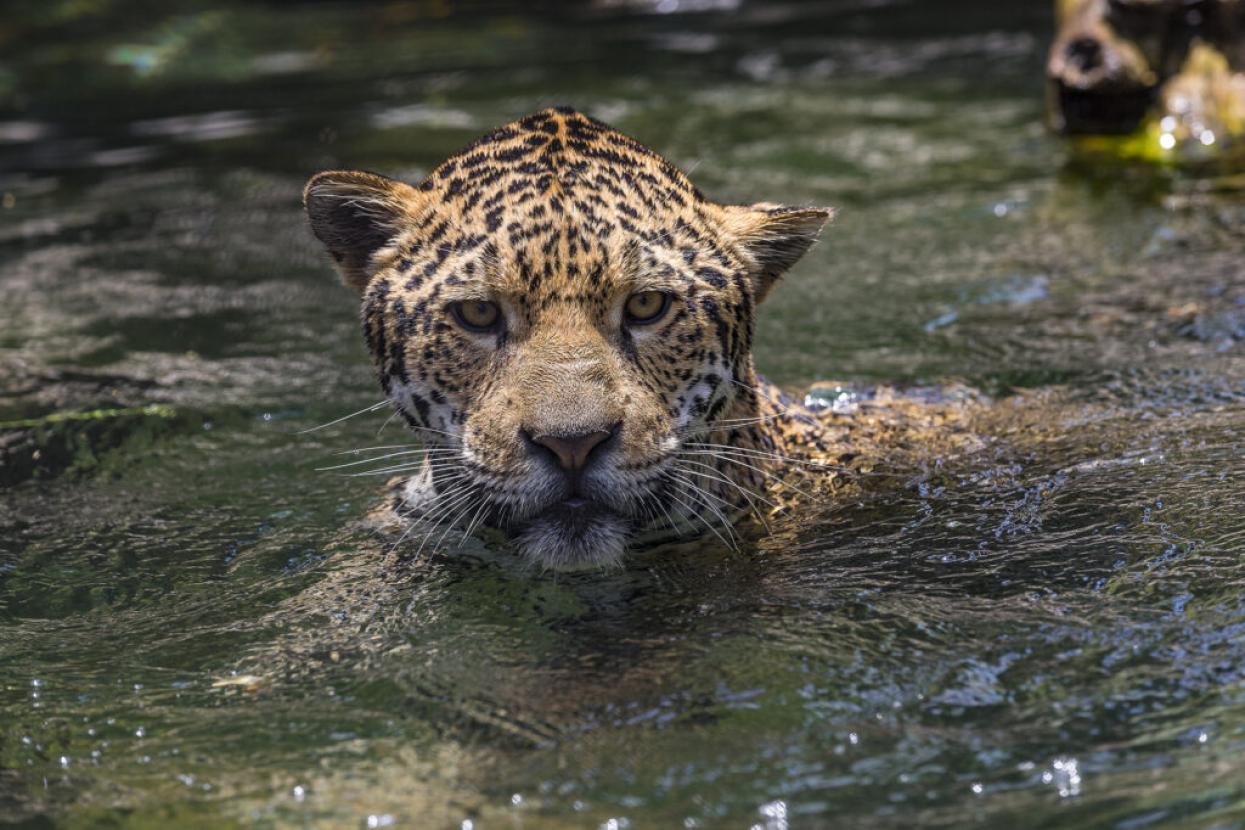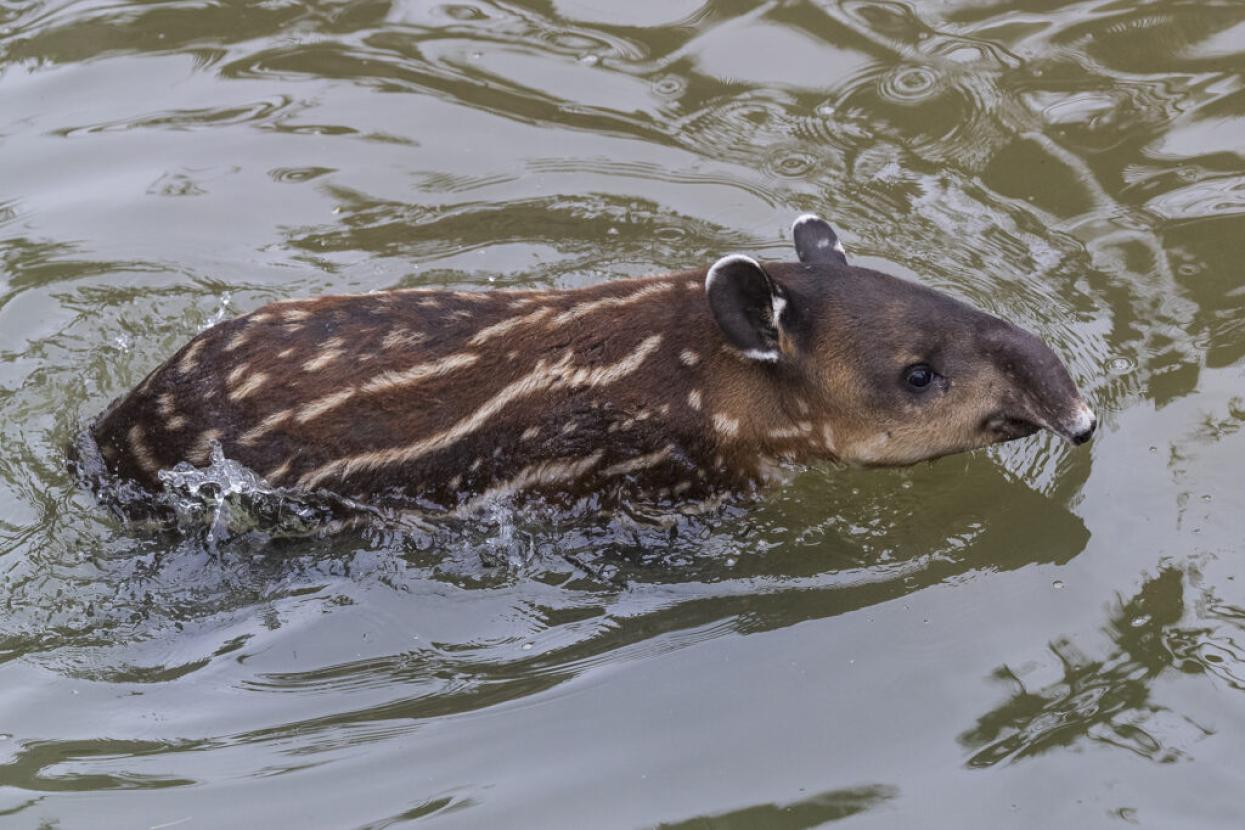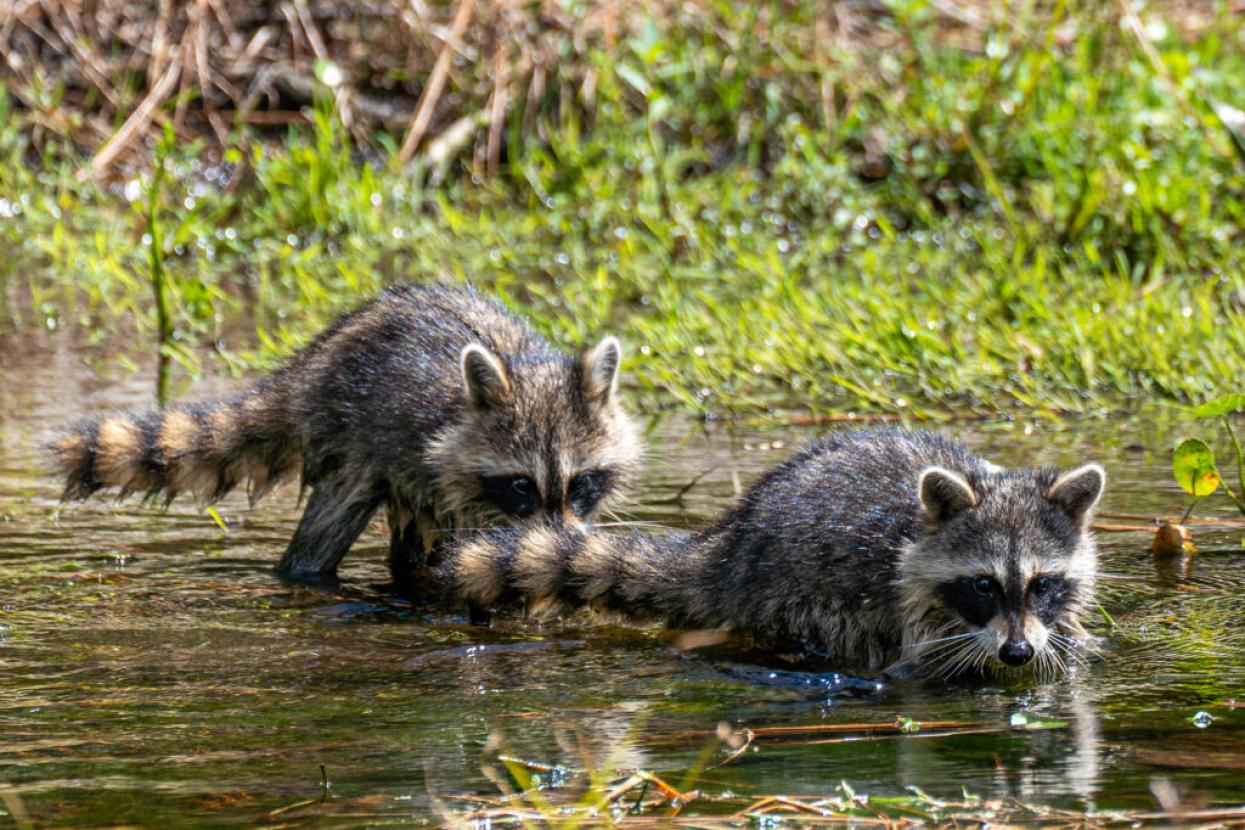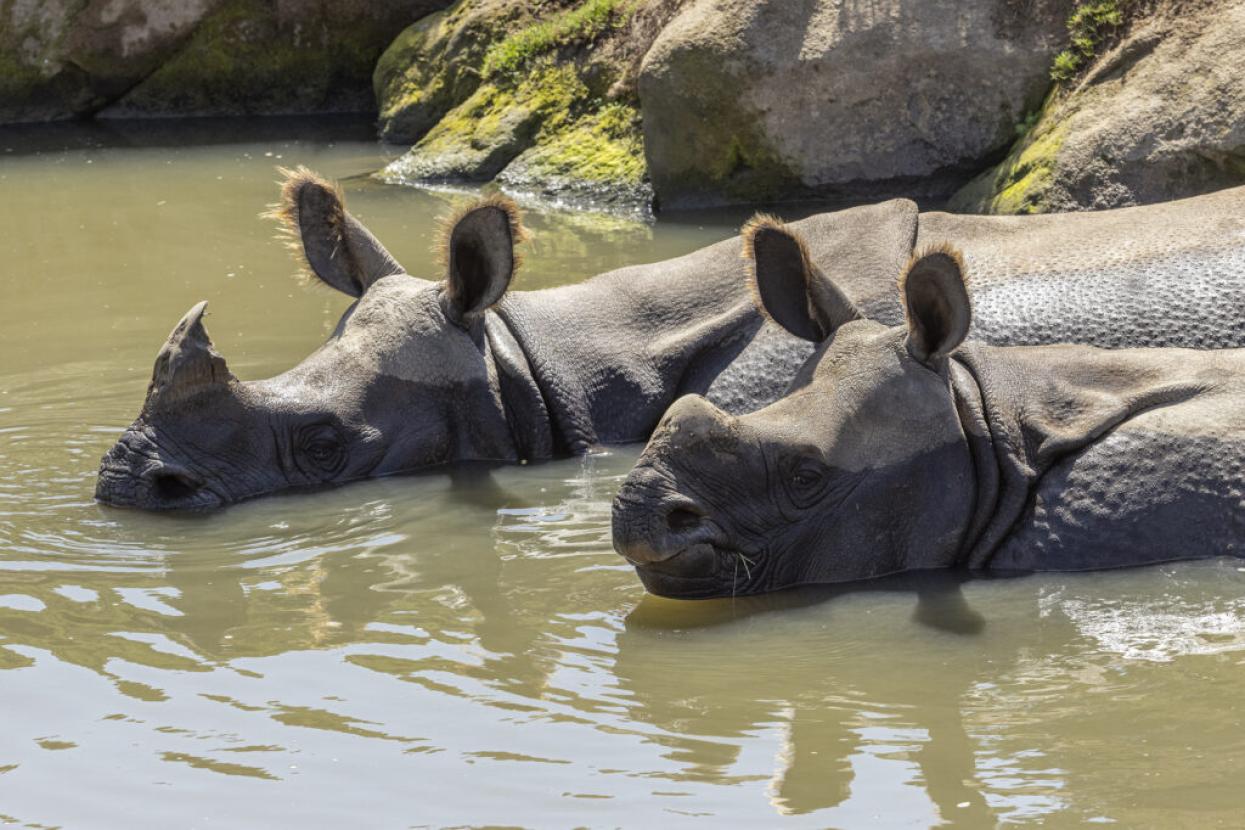
When you think of wildlife spending time in the water, you may think of expert swimmers including African penguins, leopard sharks, and otters. But some species just might surprise you with the reasons they take to rivers, lakes, and other waterways. Read on to discover how wildlife makes a splash regardless of the weather.
Big Cat, Big Splash
Cats have a reputation of disliking or fearing water, but that’s not necessarily true. In fact, tigers regularly swim and even have partially webbed toes that help them along. They head to the water not only to cool down, but also to wait, mostly hidden, for an opportunity to ambush prey.
Tigers’ partially webbed toes help make them excellent hunters.
Purr-fect Stroke
Tigers aren’t alone in their aquatic feline behavior. Jaguars are strong swimmers that also use the water to obtain food. These apex predators go “fishing” with their tails, waving them above the surface of a river or dipping them in to attract prey. Jaguars are the largest cat in the Americas, and most reside throughout the Amazon River basin in South America. Most of their prey is aquatic or semiaquatic, including fish, caimans, and turtles, which makes their ability to spend time in water critical for hunting. Your support helps save, protect, and care for jaguars through our Amazonia Conservation Hub.
Jaguars go “fishing” with their tails by dipping the tip into water to attract fish.
Rodent River Rulers
You might not think of rodents when you think of aquatic wildlife. But the largest rodents in the world are, in fact, semiaquatic! Like jaguars, capybaras are native to South America and the Amazon River basin. They have webbed feet and can remain underwater for up to five minutes to protect themselves from predators. You can visit capybaras on your next trip to the San Diego Zoo.
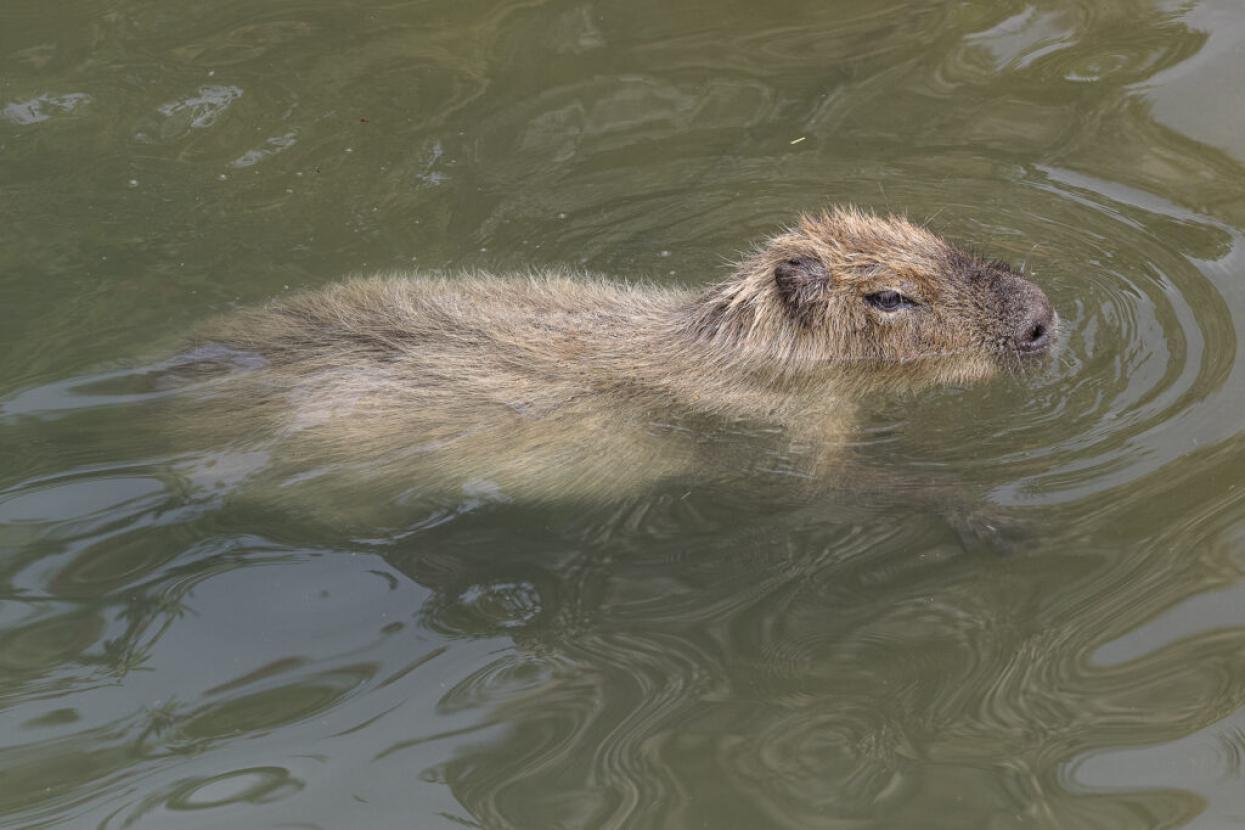
Despite being the largest rodents in the world, capybaras are adapted to spending time in the water.
Snorkel or Swim Trunks?
While you’re at the Zoo, you might observe some unusual-looking animals in the water. Reaching up to 3.5 feet at the shoulder and weighing up to 700 pounds, tapirs have a snout that’s somewhat similar to an elephant’s. It’s flexible and can even be used as a snorkel when swimming underwater. Tapirs are able to swim at just a few days old, which is a useful adaptation because the water is a place they can go to escape from predators.
The strange snout you see on tapirs acts as a snorkel, allowing them to stay submerged for several minutes.
Washing Rats
If you live in the United States, Canada, Central America, Europe, Japan, or some other places around the globe, you can find another surprising water-dependent animal a little closer to home. Raccoons are strong swimmers that are never found far from a water source. However, water is important to them for another, more unusual reason: they wash their food before they eat it. Their paws are extraordinarily sensitive, and they do this to gain sensory information about their food, helping them understand what they’re eating. This is a natural behavior, and their scientific name, Procyon lotor, hints at it. “Lotor” means “the washer.” In French, their name is “raton laveur,” which means “washing rat.”
Even though their name in French translates to “washing rat,” raccoons aren’t actually rodents. Photo: Bkamprath/iStock/Getty Images Plus
Nature’s SPF
Rhinos may seem fierce, but their skin is about as sensitive as ours. They can feel bug bites and even get sunburned. Caring for their skin is essential to their health and comes naturally to rhinos. They use dirt, water, and especially mud to protect themselves from insects and the intense sun of their native habitats. However, not all rhinos are alike. While Asian and Indian rhinos are strong swimmers, African rhinos, including the southern white rhino and black rhino, are not. They can mostly be found wallowing in savanna mud to help protect their skin.
Mud helps protect rhinos’ sensitive skin from bug bites and sunburns.
This summer, learn about the unexpected ways many species use water as more than just a way to stay cool and dive into the fascinating world of wildlife when you join us at the San Diego Zoo and San Diego Zoo Safari Park!


